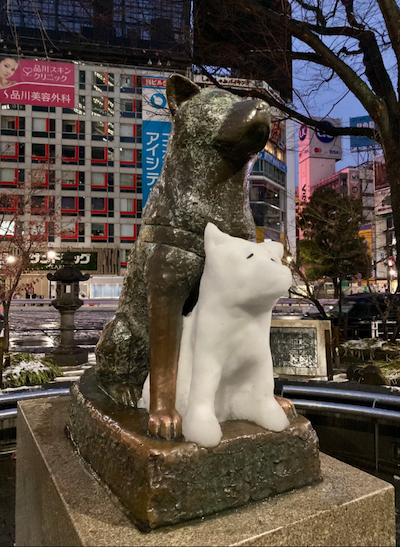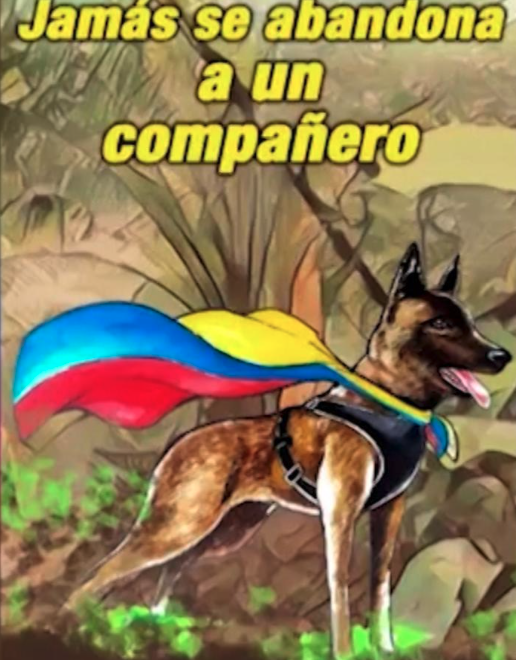You may remember this clip from
The Pink Panther:
I had a similar experience a few days ago, and in trying to decide what thing to talk about this morning (other contenders were
Moana and Aslan's remark about only telling you your own story, both of which maybe I'll talk about later) this is what won out.
I was running in my neighborhood, and a little dog--very little--came running across its yard toward me. Its owner was calling it, but it charged on into the street and bit me on the calf.
"He bit me!" I said, shocked.
"He doesn't bite," the owner said. "He can't bite."
"I'm saying he just did," I said.
"No, no--he can't bite," the owner said.
"Well, he did something with his mouth on my leg," I said, and we were at an impasse. She scooped him up in her arms and apologized while continuing to say that he didn't bite. I was thinking,
well, maybe the bite didn't break the skin; it didn't feel like much. I'll run home and check. So I did, and damn it all, it had broken the skin.
So I put on street clothes and went *back* to the woman's house, and knocked on the door.
"Look, I'm not here to cause trouble, but your dog did bite me," I said, and I showed her the bite. Her husband showed up behind her. "Did you see it happen?" he asked her. She had a deer-in-the-headlights look and said, "He did run over to her . . ."
"I just want to know that he's up-to-date on his rabies shots--that's all," I said.
"He has his own insurance!" the woman said. "It's at [can't remember] Veterinary Clinic."
"And he's had rabies shots?" I asked again.
Well, so, in the end, they were able to show me that yes, the dog had had his rabies shots.
"Thank you!" I said. "That's great. That sets my mind at ease. That's all I wanted--I just wanted to be sure I wouldn't get sick, you know?" And they nodded, looking a bit dazed, and I left, and everything was, I guess, more or less copacetic.
I've just finished a great book on restorative justice--that's where the harmed party and the person who's caused the harm meet up directly to make things right between them. Obviously this can't happen all the time. For one thing, it takes both parties being willing to engage in good faith, and a lot of times that's not possible. But if it CAN happen, it can be much more healing for both the victim and the perpetrator, and for the community as a whole, than our current justice system. For me, that's what the encounter I had felt like. I could have just gone home angry and stewed, or I could have called someone and made a complaint, but instead I talked to the people directly.
It's not a perfect outcome. I told this story on Twitter the day it happened, and one person noted to me privately that because I didn't contact authorities, the dog was likely to just do the thing again. And that's true, but I feel like there's a limit to how much responsibility I have to take for their dog situation. And who knows? Maybe they'll be more careful to have their dog on a leash before letting it out from now on.
![[profile]](https://www.dreamwidth.org/img/silk/identity/user.png) gobiguma on Twitter (original tweet here)
gobiguma on Twitter (original tweet here)










